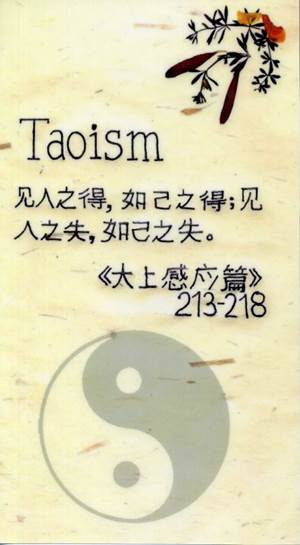9.2 Lesson One – Exploring the circle
Time required: 45 minutes
Materials required: chart paper, marker pens, Scarboro Missions Golden Rule Poster (large and/or small size)
Teacher instructions:
The teacher invites each student to draw a circle on a piece of paper and to take a moment to gaze upon the circle that he/she has created. For purposes of illustration, the teacher may also want to draw a large circle on the blackboard or chart paper.
Next, the teacher facilitates a brainstorm/discussion session on the topic of the circle. The students are invited to share their thoughts about the circle which are then recorded on chart paper. Here are some questions to help stimulate the students’ thinking:
- Have you ever thought about circles before? Explain.
- Do you like circles? Explain.
- Circles have been found in virtually every culture across history. What do you think that means?
- We are seated in a circle today. How does that feel to you? How is that different from sitting in other seating arrangements?
- You have just drawn a circle. Have you learned anything about circles by drawing one and looking at it for a moment? Explain.
- As you look at the circle that you have drawn, describe three qualities or characteristics of that circle.
- If you had to describe a circle in just one word, what would that one word be?
- When you look at a circle, what do you see?
- Think about your daily life for a moment. Can you think of places in your life where you can find circles? Make a list of such places (for example, your watch, the sun.) If you discover that there are lots of places in your life where you can find circles, ask yourself: “Why are there so many circles in nature and in other parts of my life?”
Here are some ideas, thoughts or reflections that may be generated by the students:
- A circle has no top or bottom, that is, a circle, when viewed on a horizontal plane, has no physical hierarchy.
- All wheels are circles. Wheels on bicycles have spokes. Each spoke of a wheel has a purpose.
- A circle has no beginning or end.
- In the circle, everything is connected to everything else. Therefore, everything in the circle is one. One might say, “In the circle, everything is connected and everything is one.”
- Some places in my daily life where I see circles: my watch, the sun, the moon, the planets, tires, plates, cups, compact discs, DVDs, racetracks, coins, ripples in the water.
- There are many circles in nature, for example, the sun, the moon, and birds’ nests; in the cycle of the seasons, everything ends up where it started.
- All points in a circle are equidistant from the centre.
- When a wheel, which is a circle, is spun, all points travel on the same path.
- In the circle, everybody is equal.
- The circle is a symbol of unity.
- In the circle, “what goes around, comes around” because everything in the circle is connected to everything else in the circle.
- Any point on the circumference of the circle is both the beginning and the end of the circle. The circle starts and ends at any point in the circle.
- There is no point on the circle that is more important than any other point. In the circle, everything is connected to everything else. The circle can thus be a symbol of equality, unity, community, mutuality, reciprocity and interconnectedness.
- When I sit in the circle, I can see everybody face-to-face. It’s like we’re all equal. Nobody is superior to anybody else.
- I like sitting in the circle. It’s fun.
Feedback from the students is recorded on chart paper. This will provoke further discussion. The teacher then touches on themes and concepts related to the circle that have not been touched on in the student feedback or class discussion.
The teacher now directs the attention of the students back to the Golden Rule poster. Having had occasion to reflect on the meaning and symbolism of the circle, the students are invited to again study the poster, with a particular focus on the role and meaning of circles in the design of the poster.
Having received feedback from the students in this regard, the teacher shares any information about the circle design of the poster that did not emerge in the student feedback. As an aid to the teacher, here are some statements about the poster made by three students:
“There are quite a number of circles on the poster. In fact, the poster contains a circle of circles.”
“At the centre of the poster, there resides a circle, the Earth. On this circle, the words, “The Golden Rule”, are superimposed. What a message about the global human family!”
“Each of the 13 symbols of the world’s religions is encased in a circle. Note also that many of the various symbols representing the 13 spiritual traditions contain circles, semi-circles or partial circles. In fact, some of the symbols are themselves circles.”
Journal activity: Let’s write about it!
For journal questions to stimulate the students’ written reflections after or during class, see Appendix 7.

